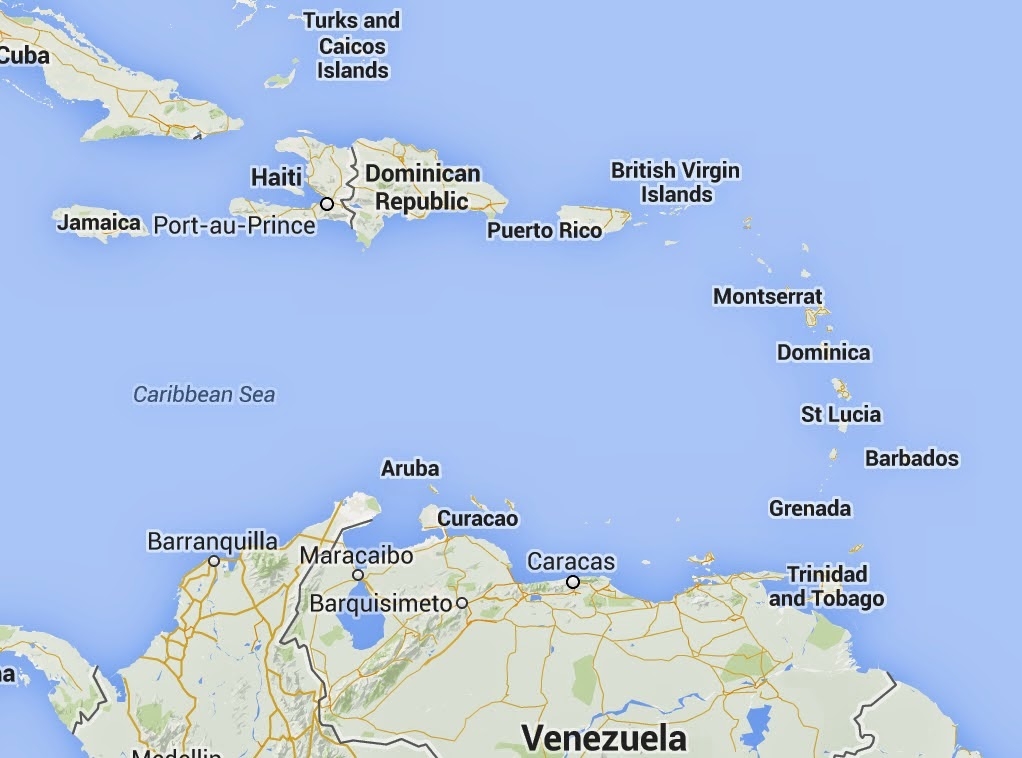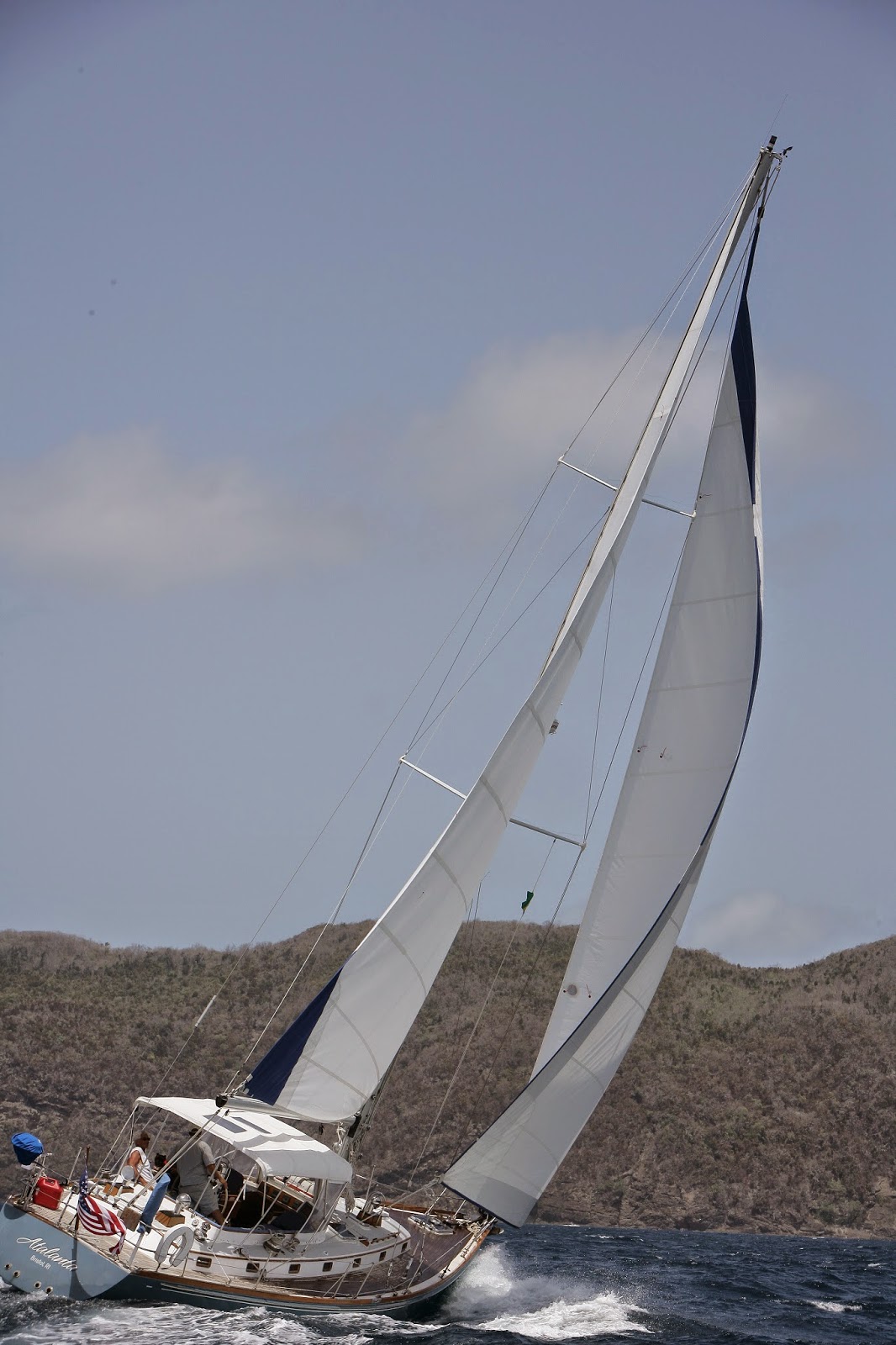As we spend time in Grenada, we are adjusting to not having
a next destination planned for the following day or week. Most here in Prickly Bay are just living here
on board, in a community of others doing the same. People have different plans for when they
will move. There are basically two
groups of cruisers here. Those that plan
on hauling, leaving their boats on the hard and traveling home and those that
will stay on their boat for hurricane season.
We are in the latter group.
As of
this writing we have a few ideas as to what we would like to do once we leave
Prickly Bay (in about a month). We don’t
know which plan we will follow but here are our thoughts as of today.
Plan 1: Stay in the Grenada area and explore a few
other anchorages on the southern coast.
In addition, head back up the Grenadines to visit some of the Cays we
didn’t see on the way down including Tobago Cays, Petit Martinique and
others. Then return to Grenada.
Plan 2: Explore other anchorages in
Grenada and then migrate down to Trinidad and Tobago (just north of the
Venezuelan coast. From here we may head
west toward Aruba and Bonaire. This
would lead us toward Columbia, Panama and up the western Caribbean.
Plan 3: Explore other anchorages in
Grenada and then migrate down to Trinidad and Tobago and then head south with a
group leaving from Tobago going to Guyana.
This group is planning to leave on September 2. If we were to do this we would likely then
begin our journey back to the US via the eastern Caribbean.
Part of the joy of traveling as we are is that we have
choices of how we want to go. It would
take many years to fully explore the areas available to us and we will never be
able to see all of the wonderful places there are to explore. Instead, we try to savor each day, meet new
people, make new friends, and take care of each other.
Today, the winds are howling. We are safely anchored and staying on board
should the boat need us. Hopefully, the
winds will settle and the bay will calm.
Until then…. Best always
Richard and Kay


















































